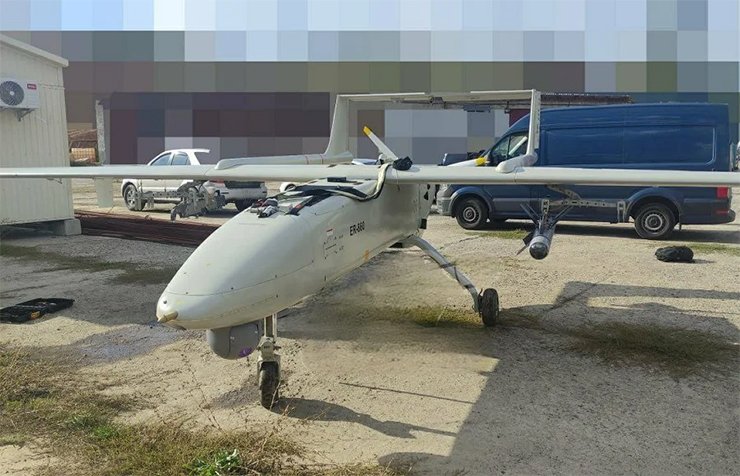
Tel Aviv: Israel has notified European intelligence organisations that components made by companies located in some of the European countries find their way to the Iranian UAV industry.
Israeli intelligence organisations have been closely following the ways Iran uses “straw ” companies in Europe to get critical components for its UAV industry. In the past, Israel had warned some European countries about this problem but according to Israeli sources very little has been done.
A report in the Guardian sheds light on how more than 50 drone components manufactured by Iran were actually produced in Western nations. According to this report, because Iranian drones have been downed in the past and the suppliers of their parts have been identified, these concerning facts have been known for years to some extent.
The fact that Iran has become a major supplier of armed UAVs used by Russia in Ukraine, prompted a new effort to cut the supply lines of European made components, according to the Israeli sources.
The Guardian investigation that has been submitted to the G-7 countries in August, indicates that there were more than 600 raids on cities using unmanned aerial vehicles (UAVs) containing Western technology in the previous three months.
According to the United States Institute of Peace, Iranian domestic industry in 2023 produces an arsenal of advanced drones (unmanned aerial vehicles) used for surveillance, reconnaissance and combat. These drones have become one of the greatest threats to Iran’s rivals and US allies in the Middle East, reflected in the 2019 Iranian drone and cruise missile attack on Saudi Arabia’s largest oil processing facility.
Drones “pose the most immediate threat to Middle East security because of their low cost, widespread availability, and potential deniability—since their point of origin can be disguised by employing a convoluted flight path,” Gen. Kenneth F. McKenzie Jr., former head of US Central Command, wrote in a paper for the Washington Institute.
The technology has produced “an inflection point in aerial warfare—comparable to the introduction of manned flight more than a century ago—that has ended the guarantee of US air superiority over its forces and bases,” he warned in February 2023.
According to this report, Iran has at least 10 different models of suicide drones, which explode on impact. They can be as accurate as a ballistic missile, but they can fly lower to evade radar. Smaller models, such as the Shahed-136, carry less than 45 kilograms (100 pounds) of explosives.
One of the smallest models, the Meraj-521, carries only 3 kilograms (6.6 pounds) of explosives. Many are slow and therefore easier to shoot down by anti-aircraft guns or missiles. Their ranges are as little as 5 kilometres (3 miles) or as far as 2,500 kilometres (1,550 miles).
Iran’s largest suicide drones, such as the Arash series, can carry nearly 260 kilograms (575 pounds) of explosives. They have ranges of 2,000 kilometres (1,240 miles).








